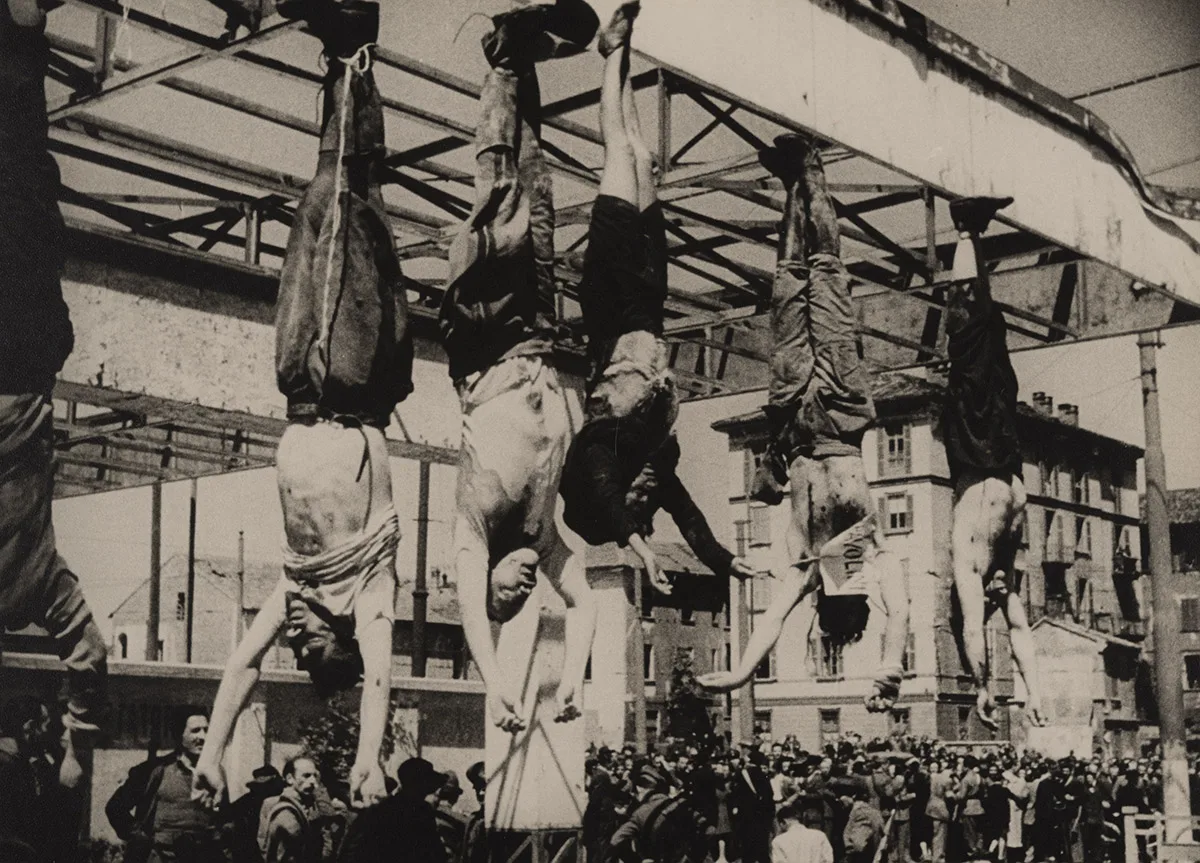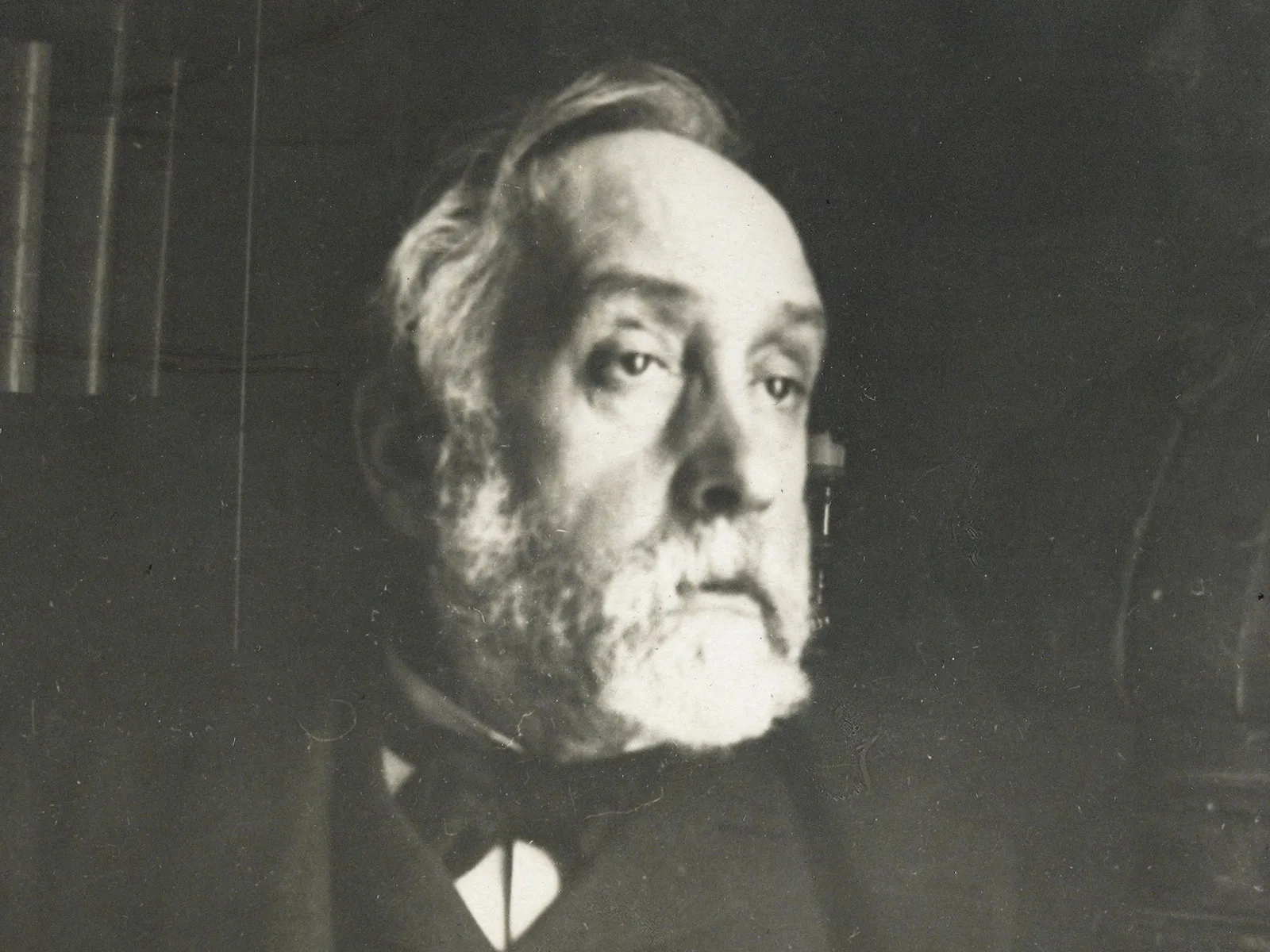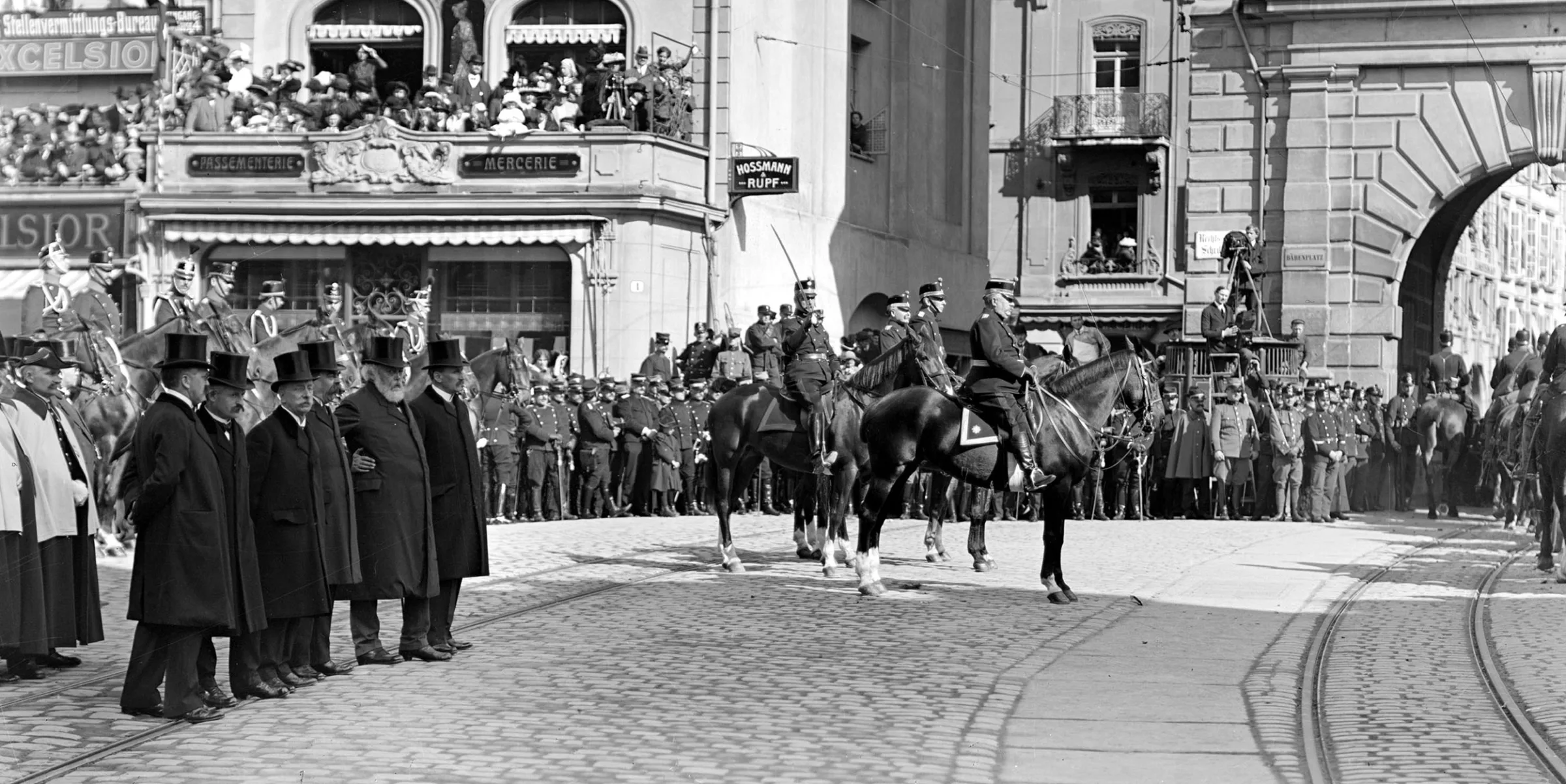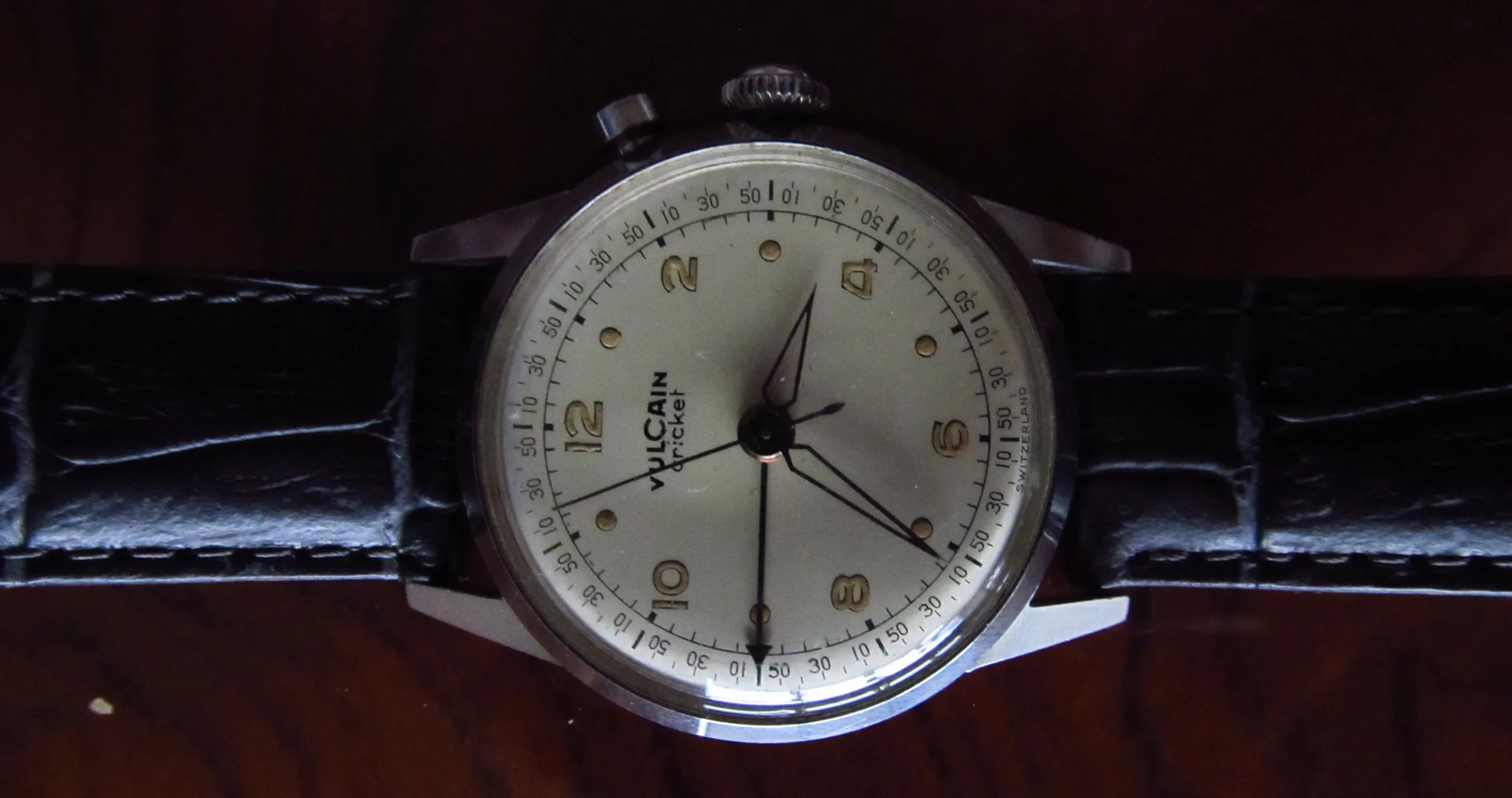
Mussolini and Switzerland
In the early 20th century, Benito Mussolini caused a stir in Switzerland as a rebellious socialist. Some decades later, he became a threat to the country as a fascist dictator.
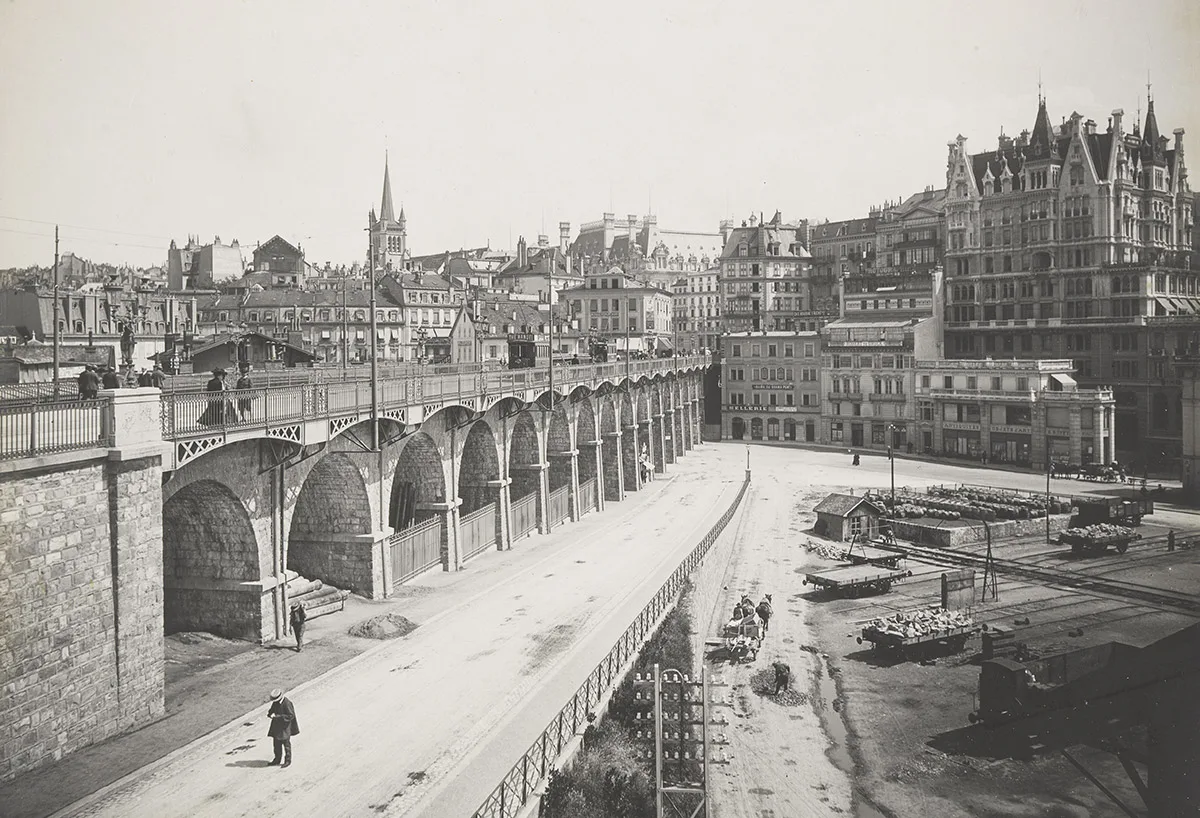
Sent to prison in Bern
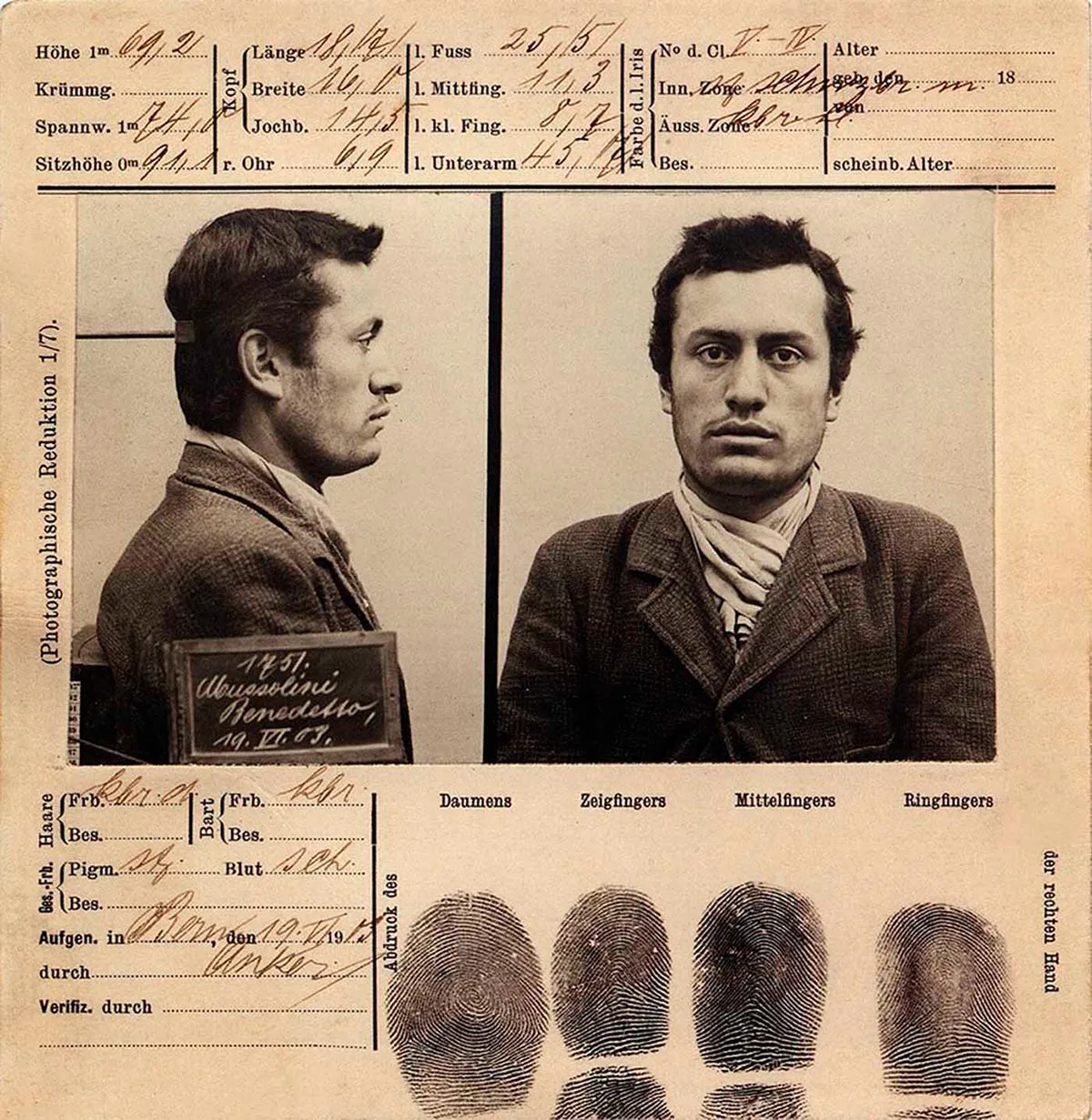
From socialist to fascist dictator
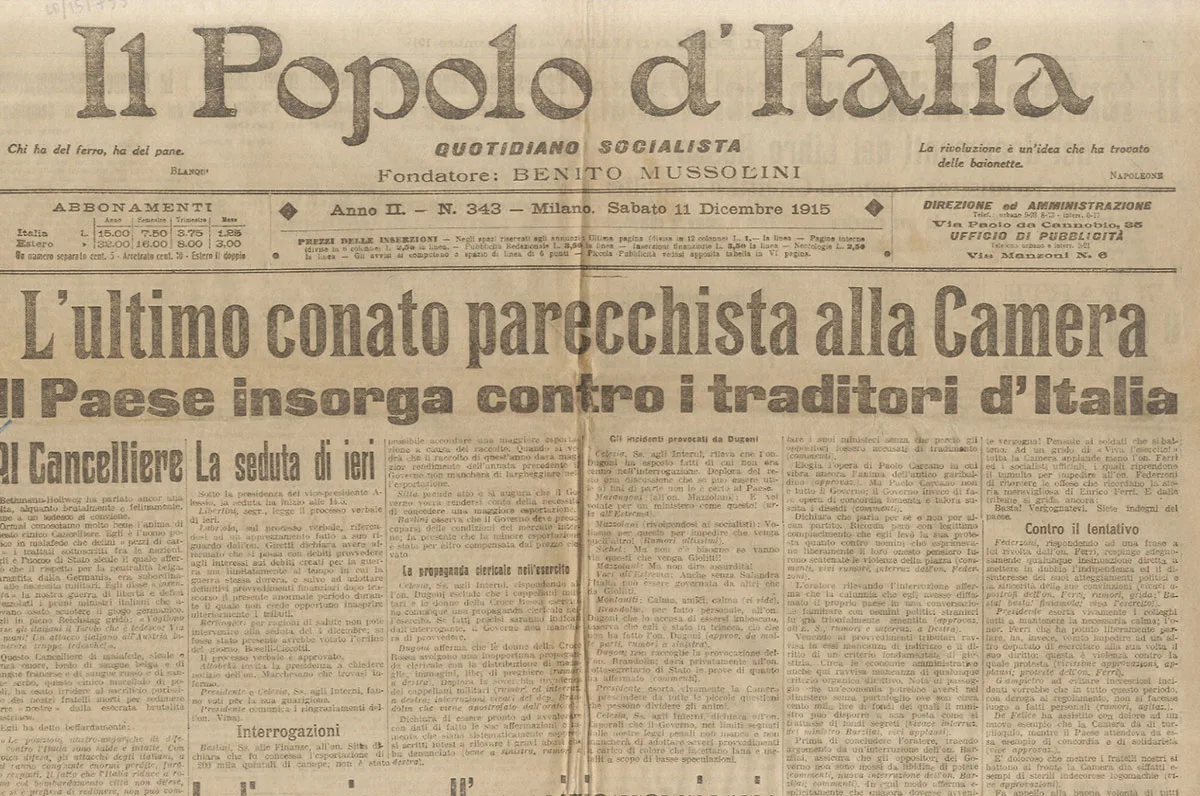
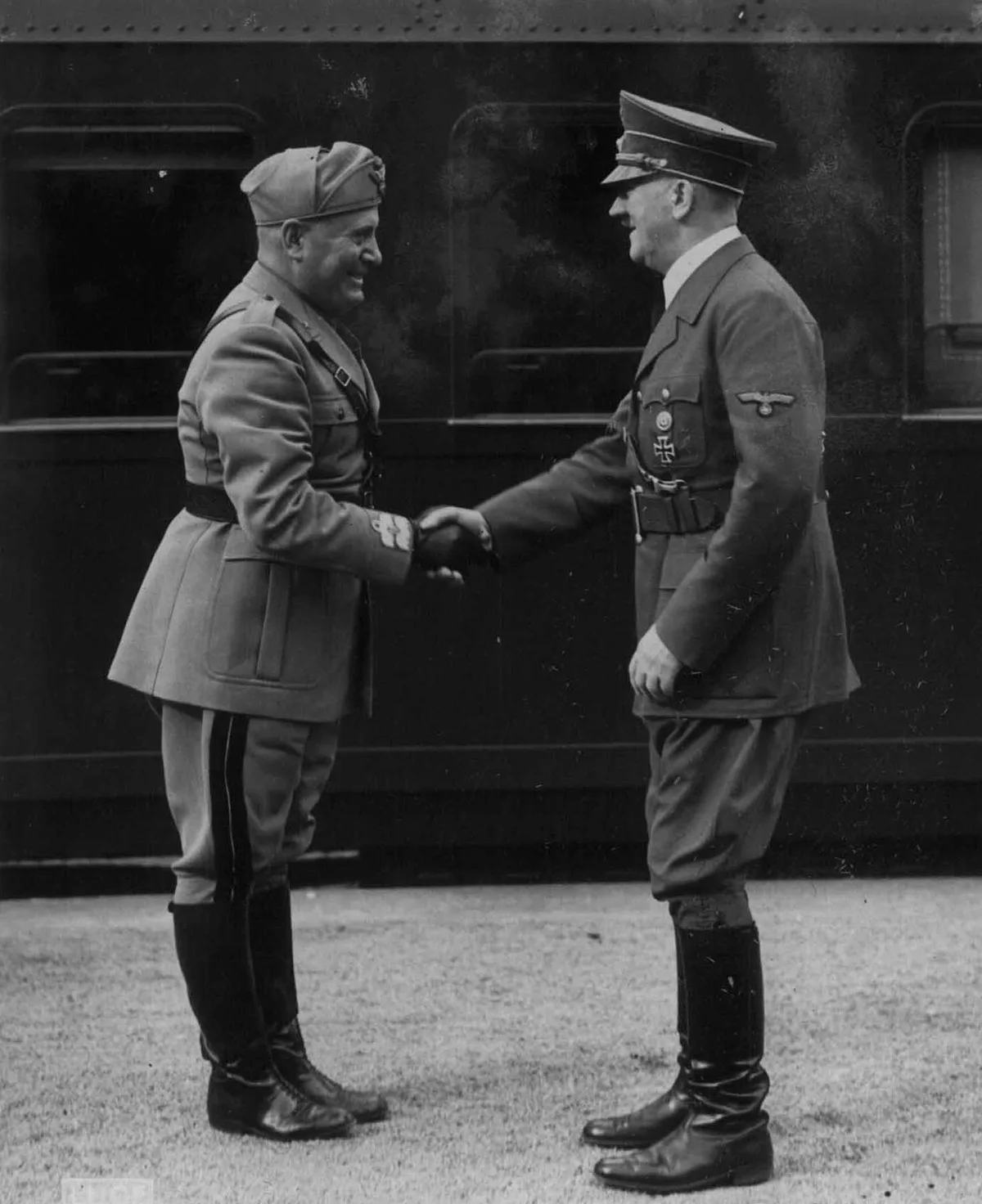
Mussolini flees north towards Switzerland
